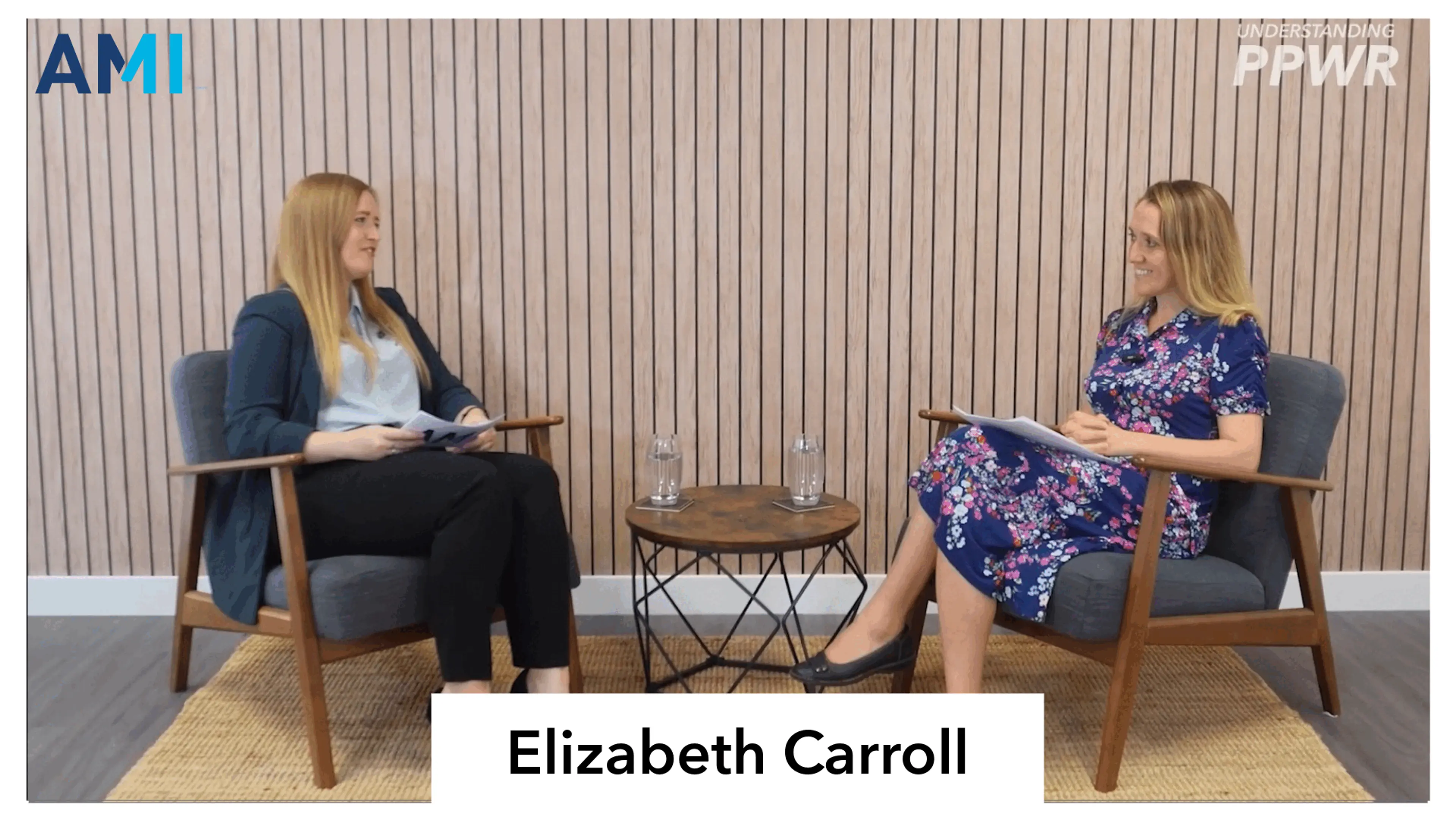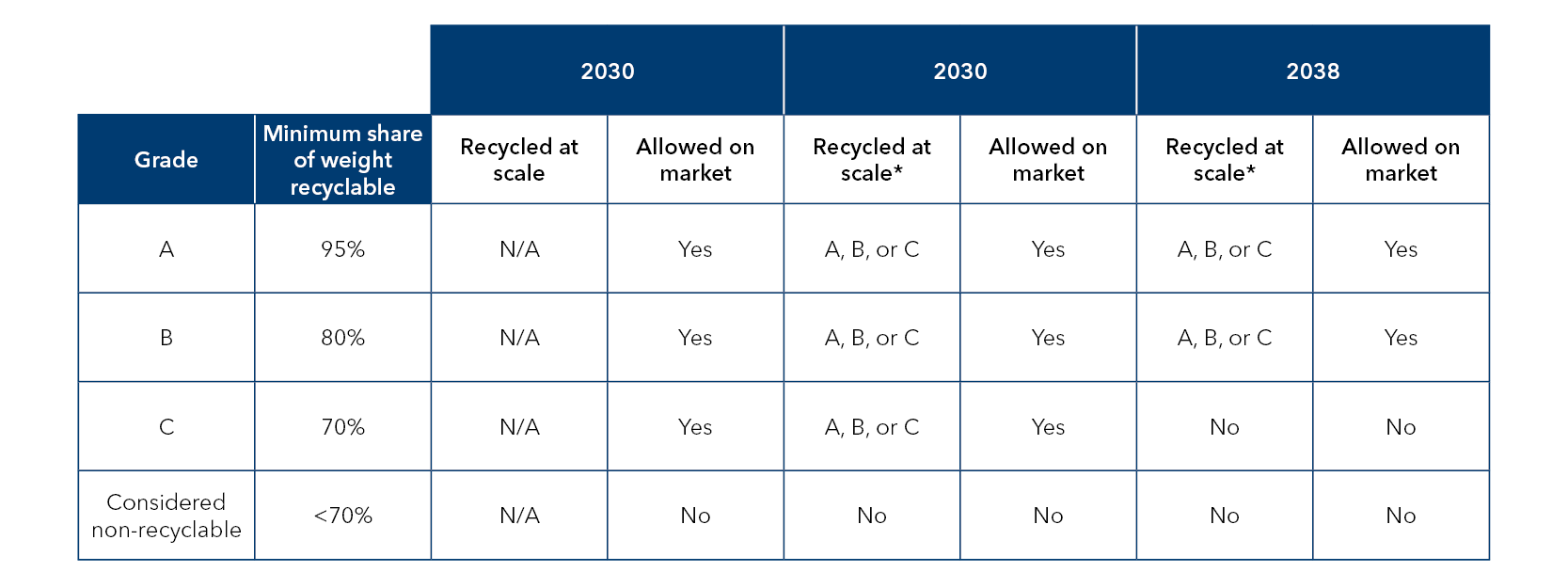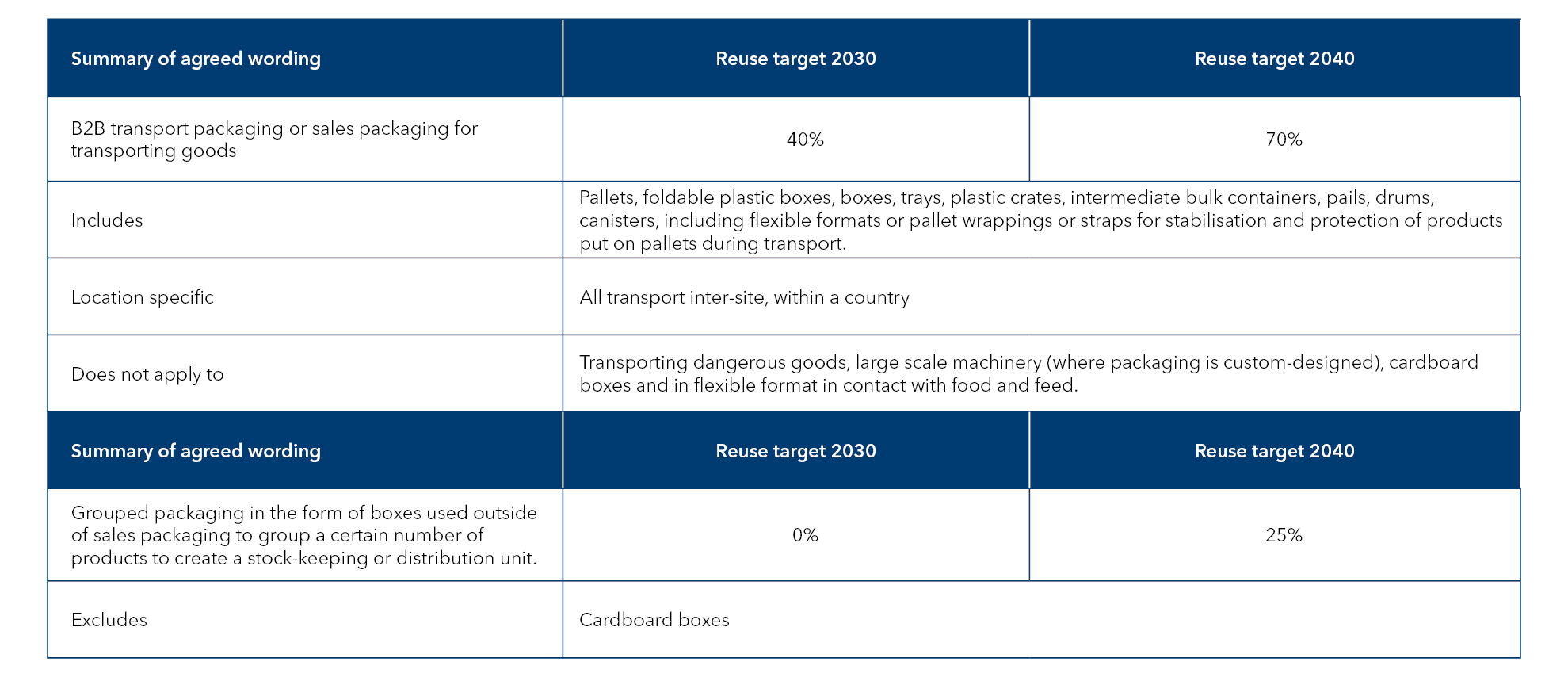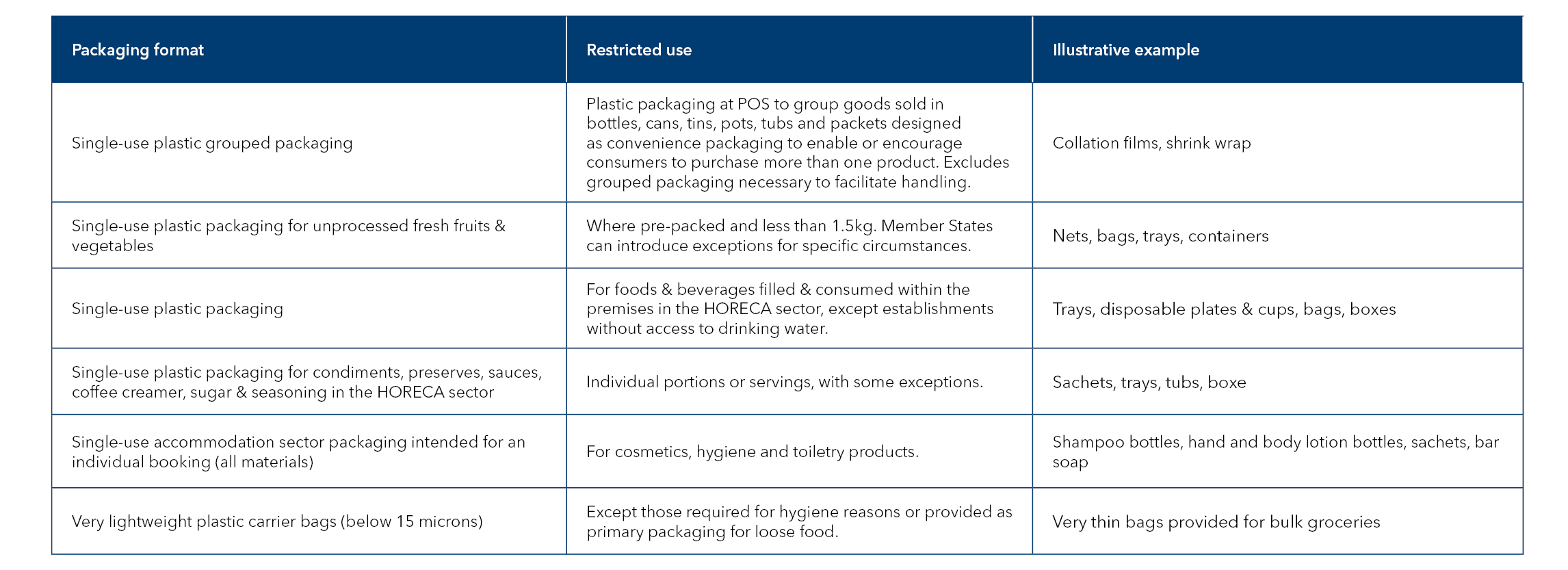
Sustainability has become the main driver of change in the plastics industry.
On Wednesday 24th April 2024, the EU Parliament agreed on new measures to reduce packaging waste and increase the sustainability of packaging via the Packaging and Packaging Waste Regulation (PPWR). The regulation aims to tackle the volumes of packaging waste, harmonise internal market rules and boost the circular economy. To help prepare for the profound impact that these new ambitious targets will have on the whole plastics value chain, AMI has created ‘Understanding PPWR’, your comprehensive online hub to navigate the complexities of the EU’s new Packaging and Packaging Waste Regulation.
Our team of expert consultants have compiled clear, concise information to address specific concerns and answer all your PPWR questions. We understand how important your time is, so let us analyse the PPWR for you. As the regulation develops, we will examine its relevance and the effect of its implementation for all relevant industries within the plastics supply chain. This allows you to find the information you need quickly and easily.
We will keep you informed throughout the coming months and years with the latest industry news surrounding PPWR. We will also be assessing the impact of the regulation at our events and in our market reports. For now, take some time to explore the hub and familiarise yourself with the valuable resources available.
Understanding PPWR - video library
We are excited to launch our new PPWR video library, a comprehensive resource designed to offer in-depth insights into various aspects of PPWR (Packaging and Packaging Waste Regulation).
Here, Consultant Olivia Poole guides you through the Packaging and Packaging Waste Regulation covering a variety of important topics, including the objectives, the specific measures being introduced, and the timeline and implementation plan.

This collection features informative videos from key members of AMI, each providing expert analysis and commentary on the implications of PPWR in their respective areas of expertise, including:
- Polymer demand and recycling (Elizabeth Carroll)
- Recycling and sustainability (Silke Einschuetz)
- Flexible films (Susannah Owen)
- Palletisation films (Alexandra Fish)
- Rigid packaging (Martyna Fong)
- PFAS (Richard Shepherd)
What is the Packaging and Packaging Waste Regulation?
In simple terms, the PPWR establishes a wide-ranging plan which aims to create binding and uniform packaging rules in the EU internal market to cover the whole packaging lifecycle. These rules will reduce packaging waste, harmonise the internal market and boost the circular economy.
The Regulation includes:
- Design for recycling criteria, including “recycled at scale”
- Minimum recycled content targets for plastic packaging
- Reuse targets for industrial and consumer sales packaging
- The implementation of Deposit Return Systems
- Packaging bans for certain uses from 2030
- Packaging minimisation targets
- Labelling requirements
- Per capita waste reduction targets
- Extensive reporting requirements
- Groundwork for future rulings on bio-based plastics and PFAS
The overall goal of PPWR is to create a more sustainable packaging system within the EU. This is achieved by dictating the use of recyclable materials, promoting reusable packaging options, and holding producers accountable for the end-of-life management of their packaging.
What your business needs to know
Latest updates
Useful links
We have compiled a list of useful links for you to visit. Here you can also directly enquire about any of our events, market intelligence or consultancy services to gain further support in PPWR and your wider industry.
Need more tailored support?
Talk directly to our specialist consultants.
They will answer your questions, provide solutions, and help you navigate your specific needs.





